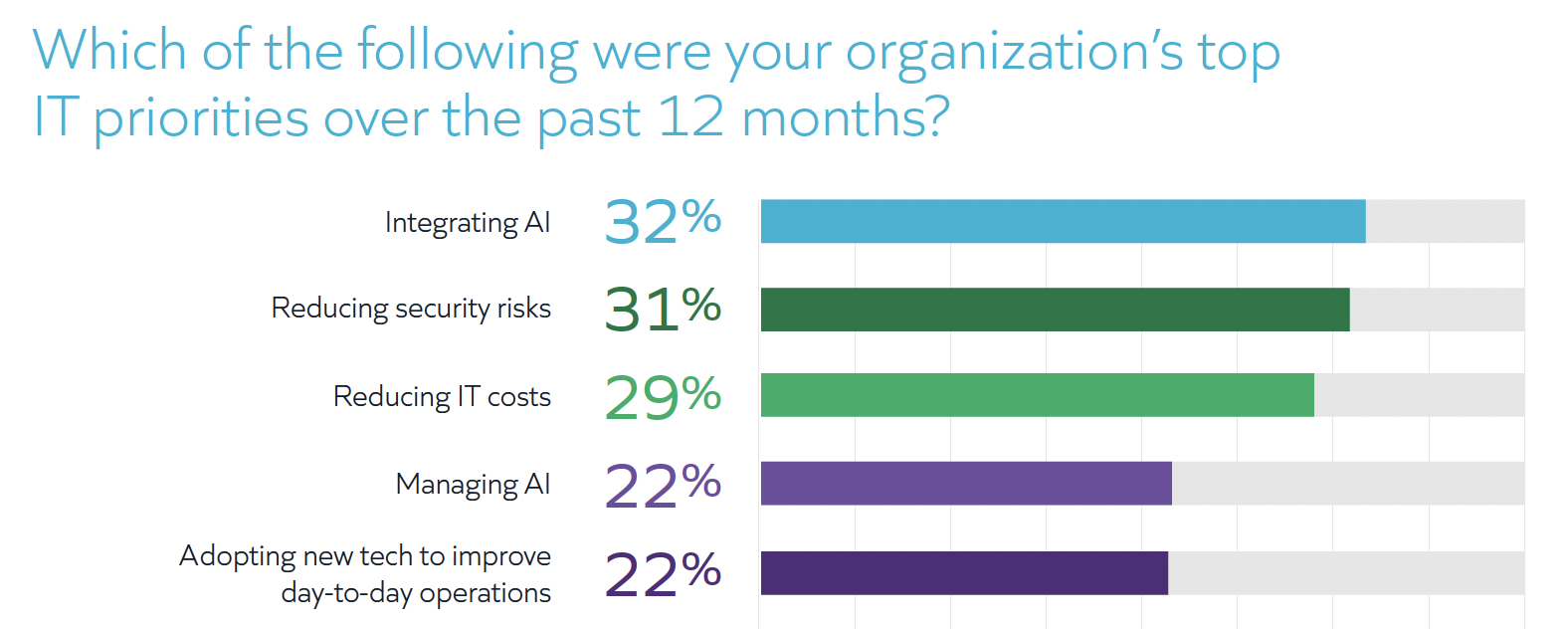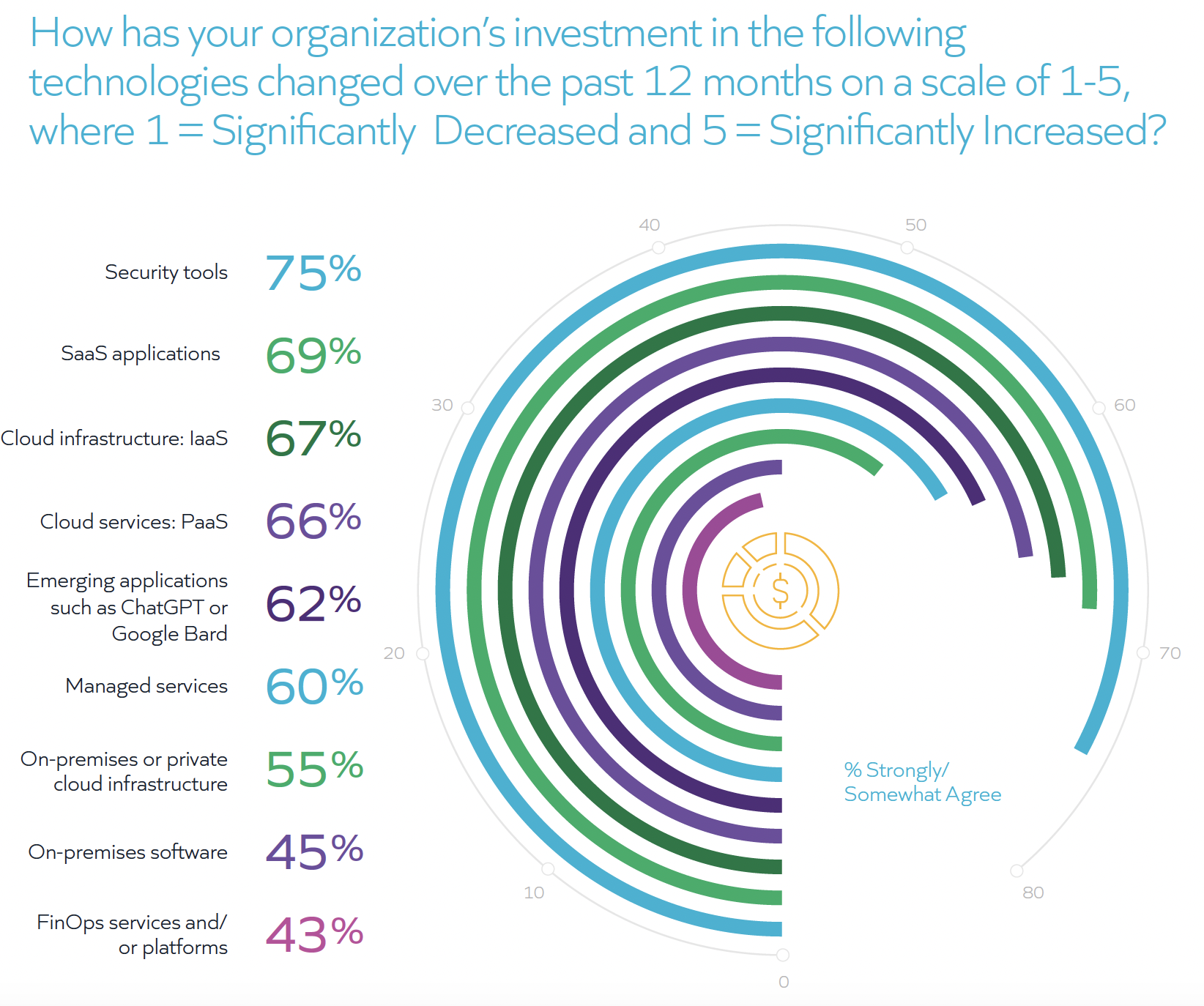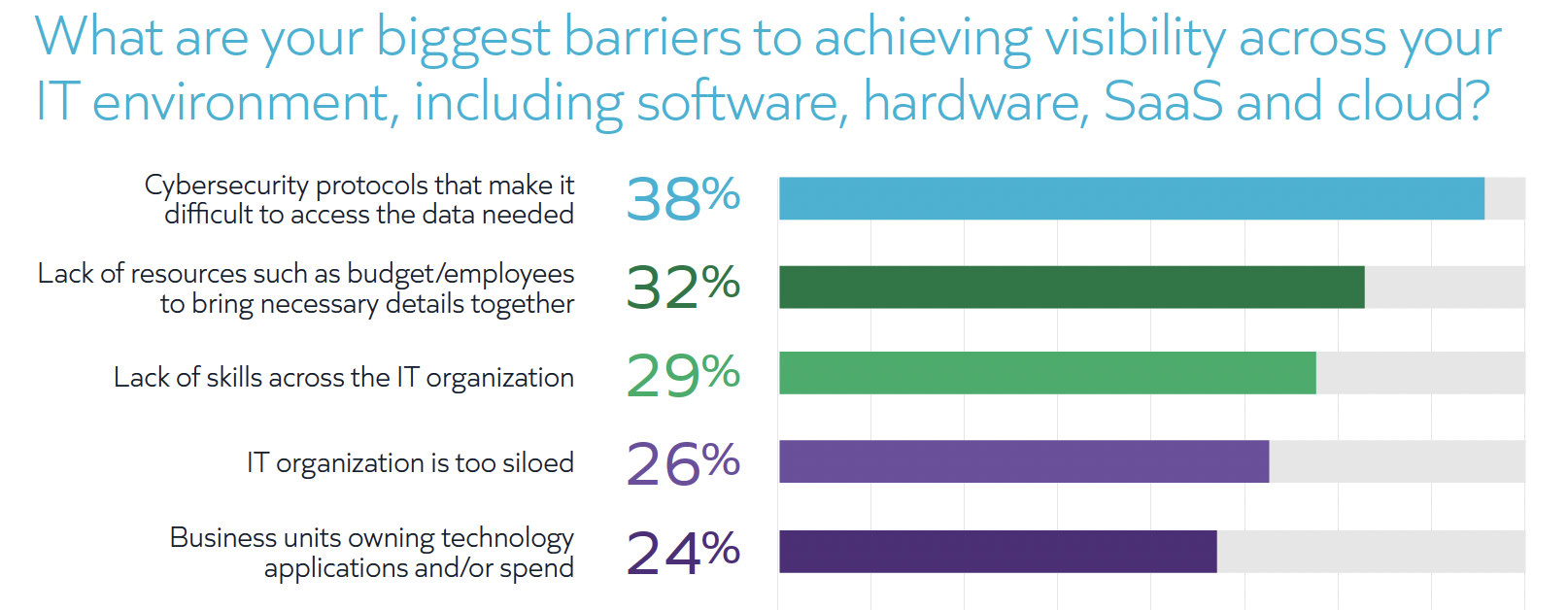Innovation and Adaptation: Are You Ready for What’s in Store for 2024?

Working in the technology industry, it’s easy to get caught up with the vast amounts of innovation and the pace at which it’s constantly released. In order to reconcile all this progress and understand where things are heading, it’s valuable to first take a step back to review the year and the IT challenges and opportunities that have impacted organizations in every industry – not just tech.
To do this, Snow commissioned a report surveying IT decision-makers. This year, we polled 800 leaders in the US, UK, Germany and Australia. What we found in our 2024 IT Priorities Report is both expected and surprising if we consider the events of the year.
Let’s take a look.
Further economic uncertainty reins
The last few years have been marked by constant economic uncertainty – so it’s understandable that many organizations continued to focus on cost savings initiatives. This year, we saw a pretty marked shift in the number of companies that took wide, sweeping cost-cutting steps, including the likes of Microsoft, Amazon, Salesforce and more.
Despite these significant cost reduction measures – or the year of efficiency as Mark Zuckerberg declared it for Meta, at least – there was a flicker of optimism in the form of artificial intelligence.
As such, IT leaders said that their top three priorities in 2023 were AI, reducing security risks and reducing IT costs. In fact, most IT leaders also believe these priorities will carry over into 2024.

What was surprising about the rise of AI within IT leaders’ agendas was the confidence surrounding it.
Eighty-two percent said they are completely prepared to leverage generative AI. That’s a pretty significant percentage considering that we are still in the early stages of AI use cases and benefits. It does indicate the promise of AI, but the extreme confidence is something worth watching, especially with the likely additional regulation around the world, such as the recent US executive order on AI or the EU AI Act, which seeks to provide a framework for regulating AI in Europe.
The findings – and external data – also suggest that much of AI use today is within the current technology stack and is likely being used for productivity and efficiency gains. Seventy-five percent also said they increased spend on security tools in 2023, and this may be to counter uncertain risks surrounding AI.

However, what’s clear is navigating uncertainty caused by the global macroeconomic climate is a priority and an ongoing reality for the foreseeable future. And AI is providing a bit of sunshine amongst a somewhat dreary forecast.
Data’s new normal moment
In past years, we’ve asked IT leaders about their relationship with data. Being able to source the right data at the right time can make or break organizations, providing competitive advantages, indications on buying behaviors and more. However, many organizations are drowning in data, in some form or fashion.
We asked IT leaders about this – and in 2023, the number has decreased significantly. Forty-six percent said they were overwhelmed by their data, which is a 14-point decrease from 2022 and 26-point drop from 2021.

What’s happening? Have we really solved our data deluge problem?
While we didn’t specifically ask IT leaders what has changed, we can take some educated guesses. One of which is that most of our technology from public cloud to SaaS and more includes data dashboards that provide near real-time updates. We have become used to receiving data in more digestible ways – and even if those are not always presented to us in an actionable format, we know how to navigate some of what we receive.
However, there’s a bit of a warning here that we should consider.
Using dashboards provided by our technology vendors is one way to consume data about the integrity of our programs or ROI of our tools. PowerBI for example, provides ways to pull subsets of data into something more understandable. But this isn’t a long-term solution.
Bringing together data and making it actionable should be the ultimate goal.
The introduction of generative AI within our IT landscapes will likely create further complexity and exacerbate an already tenuous situation we have with our data. Not to mention the source and reliability of that data. It’s essential that we don’t go back to being overwhelmed, but rather we learn from history and prepare for future data challenges and possibilities. Swimming in vast amounts of data – and navigating exponential complexity around that data – will be the new normal.
Visibility remains elusive
We talk about complexity quite often here at Snow. That’s because we’ve seen A LOT of it across our customers’ environments – and we regularly see tech vendors introducing further complexity from pricing increases, new AI integrations, licensing updates and more.
This complexity and the effects of it are part of the reason why we are so passionate about the need for comprehensive visibility – and the need for a less siloed, more platform-based approach, which is another key growth area in this year’s report.
88% of IT leaders reported moving towards platforms and away from point tools.
2024 it priorities report
According to this year’s survey, visibility is an area that needs much more work. Sixty-seven percent of IT leaders said they know their business units are buying more cloud and SaaS than they are aware of. There also is no one clear issue driving this lack of visibility within their organizations.

Considering the priorities around reducing risk and identifying cost savings, it seems like tackling visibility issues is intrinsically linked. Establishing a foundation of visibility is essential for every organization. But it is especially important for those organizations that are looking to dive deeper into AI.
72% of IT leaders anticipate increasing spend on emerging technology applications like artificial intelligence in the next two to three years.
2024 it priorities report
As we close out yet another year, there is so much we can learn from this in retrospective. The question is whether we take those learnings and apply them to 2024. Many of the findings from this year’s IT Priorities Report indicate to us that organizations still need visibility across their entire technology environment and actionable insights that can help them address their priorities for the coming year including the use of AI, reduction of security risks and reduction of IT costs.
If the only constant is change, then we should prepare to be increasingly agile and ensure we fundamentally understand how to get the most out of our technology investments. It may be the difference between a good company – and a great company.
To read more about this year’s findings or hear what is on the minds of IT leaders, download the 2024 IT Priorities Report.